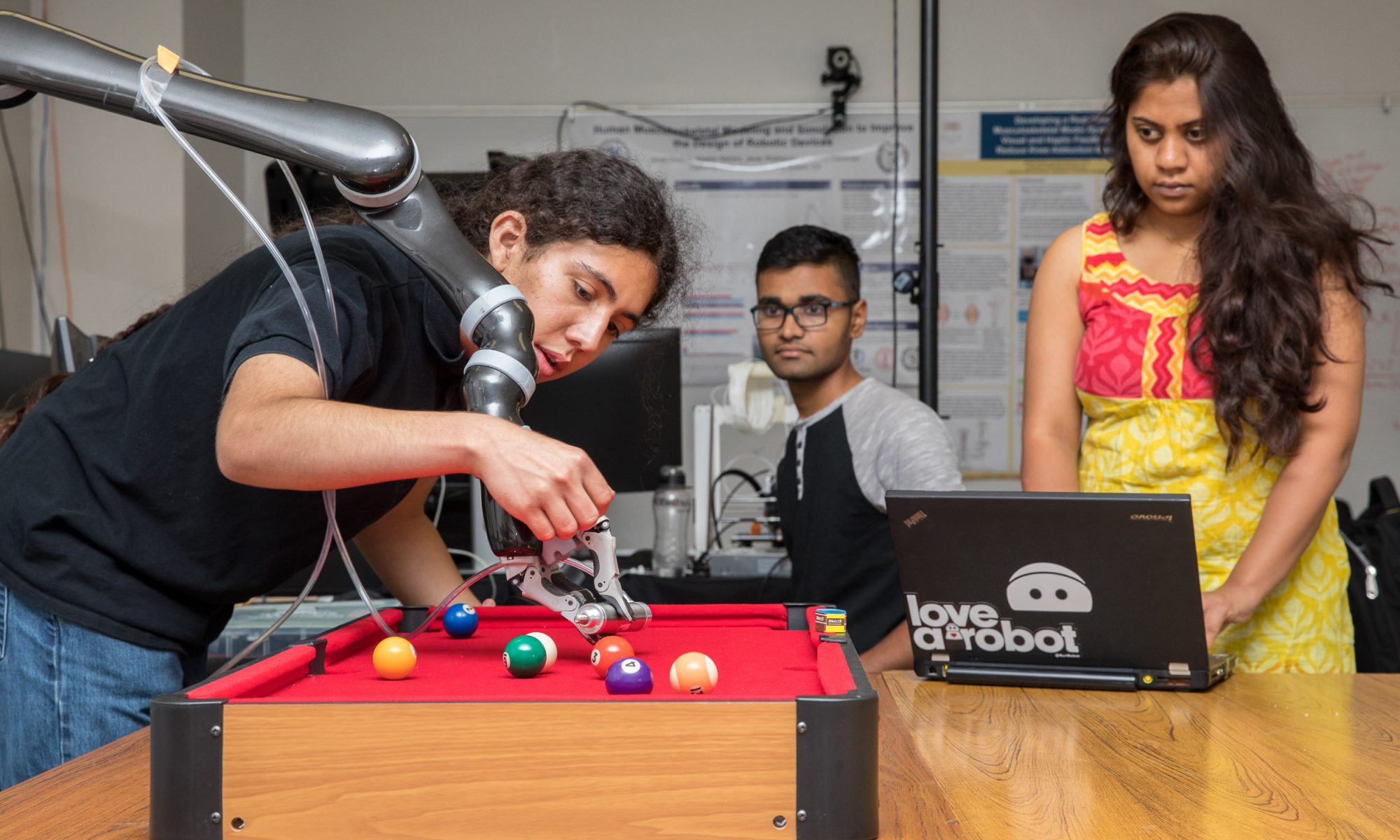At Claremont’s STEM-focused Harvey Mudd College, nearly half of the 800 students are women. The percentage holds for computer science. But it wasn’t always that way. Back in 2004, only about one-tenth of computer science students were women.
Harvey Mudd Assistant Professor Colleen Lewis was at CSULB Monday to share tips on how to create inclusive classrooms where students with a broad array of characteristics feel comfortable. “As an educator, I want to understand and optimize learning,” she said.
The No. 1 tip Lewis shared: Highlight the breadth of the field so students will come across something that interests them and see a place for themselves. For example, in intro computer science classes, faculty might use a Fractal Fruit Tree or Smiley Face Recognition System to increase student engagement.
Lewis advised faculty in attendance to consider population variation and steer away from “cookie-cutter ideas” about engineers and engineering careers and “essentializing narratives,” such as women are better collaborators
“This is different from the idea of turning everything pink,” she said.
When she was deciding to study software engineering, Lewis said friends warned her that she wouldn’t like sitting alone in a basement coding until 3 in the morning. When she got her first job as a software engineer, she didn’t do any of those things.
Lewis said in the field’s early years, 100 percent of computer scientists were women. Slowly, it became masculinized. University of Colorado Boulder professor Karen Ashcraft’s “glass slipper” theory describes how students are forced into fit into computer science, instead of vice versa. “You don’t have to have the geek gene,” she said. “Maybe instead we need to break this glass slipper.”
Increasing student awareness of key psychological terms such as imposter syndrome, stereotype threat, or micro-aggression, is also helpful, according to Lewis, as is splitting up intro computer science classes by experience level, building community, and providing peer tutoring.
One effective way of creating inclusive classrooms is also relatively inexpensive—improving the environment. At Harvey Mudd, for instance, the Hot Air Balloon and We Rock labs are named for their decorating schemes. “The environment we put students in is very important,” she said. “Put things up that celebrate students.”
The workshop was organized by CSULB computer science professor Alvaro Monge and sponsored by the National Center for Women in Information Technology. Lewis has participated in designing, implementing, and evaluating equity initiatives at both Harvey Mudd and UC Berkeley, where she earned her PhD. She curates http://csteachingtips.org/.


